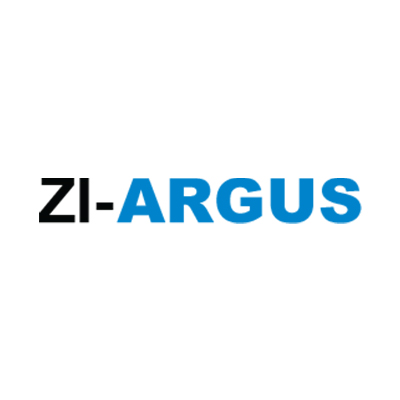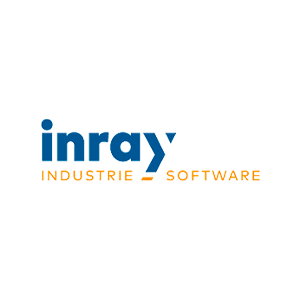
ZI-ARGUS is an independent Systems Integrator, providing total solutions in process control, automation, engineering, process consultancy and plant optimization. Adding value to a wide section of high performance customers within the Asia-Pacific region, their professionals execute turnkey projects in process, manufacturing, infrastructure and data center environments.
One of ZI-ARGUS’ teams has been developing Industry 4.0 solutions for their growing customer base. Their product — Symbiont — is being adopted at an accelerated rate. The use of InfluxDB has been instrumental in providing their customer deployments with both speed and storage savings. What previously took gigabytes of storage now takes only megabytes, and there are no issues providing time series data for Data Center deployments. They also appreciate the speed at which the data is returned as opposed to SQL servers.
InfluxDB is installed to run alongside their data-gathering services and is used to store historical and event data in a set format. Their services connect to InfluxDB to both write and read the data, and ZI-ARGUS has had writes pushed to InfluxDB at tens of thousands per second. Data comes from instruments out in the field such as pumps, flow meters, valves and other IoT devices. The data is stored in a single measurement with date, time, value, and tag id.
The ZI-ARGUS team appreciates InfluxDB’s high ingest, integration capabilities with other tools, performant quality, query language, and scalability. ZI-ARGUS uses .Net packages to perform all calls to InfluxDB, and it’s a simple process. The performance of InfluxDB is especially beneficial with the large amount of points per second they are writing. The query language is simple to pick up as the ZI-ARGUS team are all SQL DB Devs, so the transition has been simple. They are also able to scale up with the use of NGINX, and InfluxDB relays easily. This causes the integration with ZI-ARGUS’s services — providing historic data to trends and dashboard widgets — to be seamless.
Simplifying IIoT monitoring
Consolidating sensor data from legacy and new systems in one platform
Using OPC-UA
Protocol used to remotely collect manufacturing data
Faster customer deployments
Providing clients with speed and storage savings
Technologies Used



